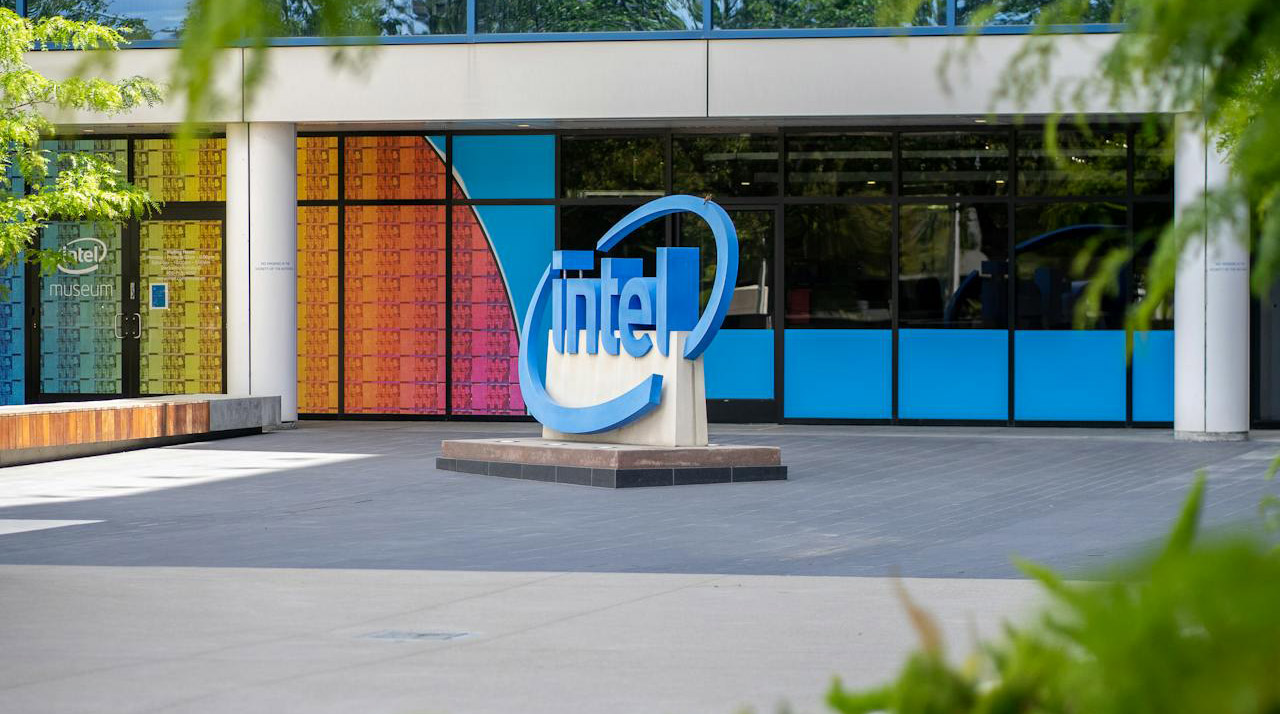OpenAI recently unveiled its most advanced reasoning AI models to date: o3 and o4-mini. These models are designed to enhance capabilities in tasks such as coding, mathematics, and visual analysis. However, internal evaluations have revealed that these models exhibit higher rates of hallucination compared to their predecessors, prompting discussions about the challenges in developing reliable AI systems.Reddit+10
Increased Hallucination Rates in New Models
OpenAI’s internal testing, particularly on the PersonQA benchmark, indicates that the o3 model hallucinated in response to 33% of questions, a significant increase from the 16% rate observed in the older o1 model. The o4-mini model performed even worse, with a hallucination rate of 48%.
These findings are surprising, given that o3 and o4-mini were developed under OpenAI’s updated preparedness framework, aiming to ensure their readiness for diverse applications .
Understanding AI Hallucinations
In the context of AI, “hallucination” refers to instances where models generate outputs that are factually incorrect or nonsensical. This phenomenon is not new and has been observed in various AI systems, including earlier versions of ChatGPT. However, the increased rates in the latest models are concerning, especially as these systems are integrated into applications requiring high reliability.
Potential Causes and OpenAI's Response
OpenAI has acknowledged the issue, stating that “more research is needed” to understand why hallucinations are becoming more pronounced as reasoning models scale up . One hypothesis is that as models become more sophisticated and generate more claims, the likelihood of both accurate and inaccurate outputs increases
The company is actively investigating these challenges to improve the reliability of its AI systems.
Implications for AI Deployment
The increased hallucination rates in o3 and o4-mini have significant implications for the deployment of AI in critical areas such as healthcare, legal services, and customer support. Ensuring the accuracy of AI-generated information is paramount in these fields, and developers must implement robust validation mechanisms to mitigate risks associated with hallucinations.
Looking Ahead
As AI technology continues to evolve, addressing the challenge of hallucinations remains a top priority. OpenAI’s ongoing research and development efforts aim to enhance the reliability of its models, ensuring they can be trusted in various applications. Users and developers are encouraged to stay informed about these developments and apply best practices when integrating AI systems into their workflows.
- All Posts
- AI Updates
- Apple
- Games
- Latest
- Movies
- Tech Stocks
- Upcoming Devices

Baidu debuts ERNIE 4.5 Turbo and ERNIE X1 Turbo, its most powerful AI models yet, aiming to lead China’s AI...

Microsoft launches the new AI-powered 'Recall' feature for Copilot+ PCs, offering users a searchable memory of their digital activity with...

Meta Description: Intel unveils its own AI chips to challenge Nvidia, shifting strategy from failed partnerships to in-house innovation aimed...

Stephen Fry’s AI-generated voice will feature in a new installation at Hay Festival 2025, exploring the future of AI and...

OnePlus teases the upcoming 13T smartphone, featuring a Snapdragon 8 Elite chip, 6.31-inch OLED display, dual 50MP cameras, and a...

Discover how Adobe’s latest update integrates OpenAI and Google AI models into the Firefly app, revolutionizing image generation and creative...




